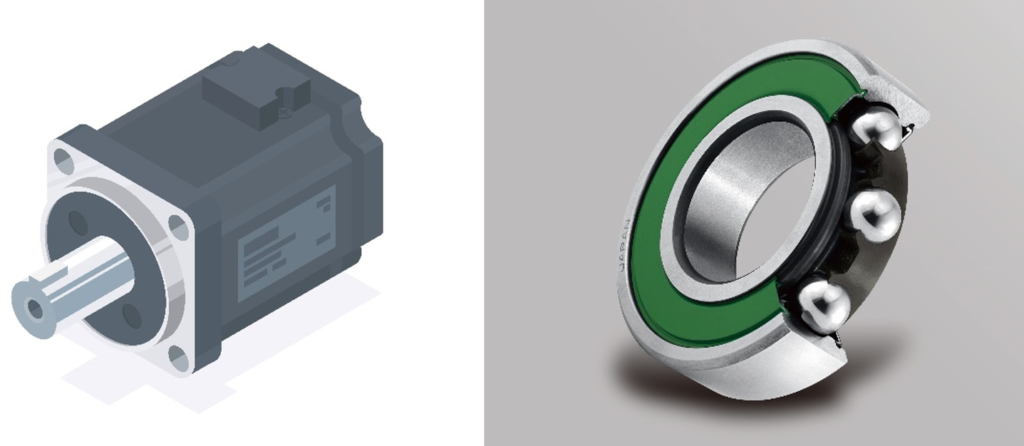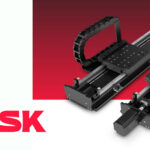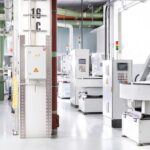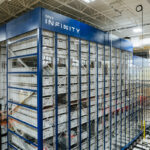ASIA ELECTRONICS INDUSTRYYOUR WINDOW TO SMART MANUFACTURING
NSK's New Technology Yields Improved Bearing Solutions
NSK Ltd. has developed a low-particle-emission, high-performance bearing that contributes to the stable operation of industrial machinery. Particularly, in equipment such as industrial robots.
In 2024, NSK will begin accepting orders for samples of this new product, targeting annual sales of 1.5 billion yen in fiscal 2026. The new grease and seal technology NSK developed for this bearing has found its way to servomotors. Most importantly, they are also finding applications for other products that require low-particle-emission performance. Thus, contributing to stable operation in a wide range of industrial machinery.
Background
With a dwindling workforce and advances in industrial automation, the market for robot servomotors continues to grow. Moreover, servomotors are becoming more visible in robot joints and operate in demanding conditions. This includes high temperatures and sudden speed changes. Hence, accurately controlling robot movement positions and speed, and taking on the role of precision positioning.

Bearings employed in servomotors suit functional components for precision positioning such as encoders and brakes. Furthermore, in bearing grease and oil can scatter, sticking to the disks (disk contamination). This can cause failures such as encoder read errors and slipping brakes, resulting in robot operation stoppage.
Because of this, there is greater demand than ever for bearings with low-particle-emission performance. For that reason, NSK has addressed this need by developing anti-scattering grease and seals that offer a high level of hermeticity.

Higher precision designs in recent robots and the growing market have created demand for even more reliable servomotors, driving the need for better low-particle-emission performance from bearings. However, there were multiple obstacles: the mechanism of disk contamination was unknown, and it was not possible to obtain high-precision assessments with conventional low-particle-emission performance evaluation and testing methods.

Technology
1) Researching the mechanism behind disk contamination
NSK inferred the mechanism behind disk contamination, and then verified the inference using visualization, evaluation, and testing of the phenomena.
2) Higher precision evaluation and testing
Using NSK evaluation reproduction techniques, NSK produced a test machine with a structure and environment similar to an actual servomotor. Thus, the machine produced precision test results, allowing the development of a product with superior low-particle-emission performance.
3) More advanced design elements
Thanks to the clear understanding of the mechanism and the advanced testing method mentioned above, NSK was able to identify elements that required improvement. Using tribology technology1 cultivated over many years at NSK, NSK succeeded in developing grease and seals with superior low-particle-emission performance.
Note:
1 Tribology technology: Controlling friction and wear via grease and material surfaces
-1 April 2024-




